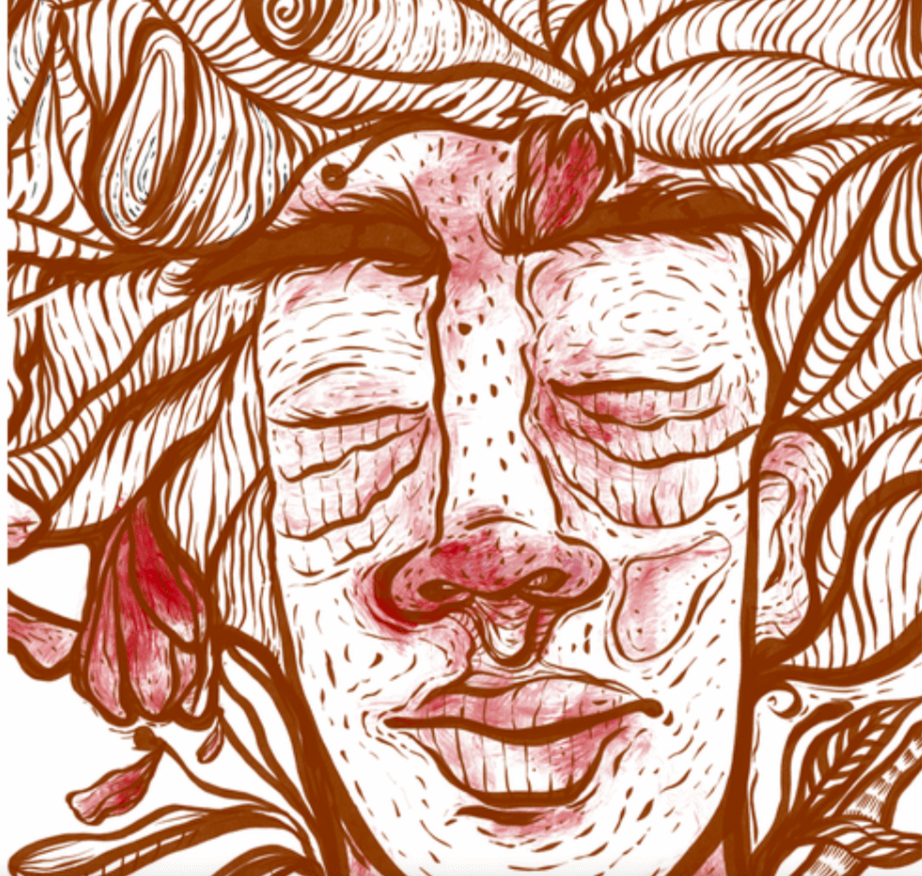
The hymen… is in your head!
What is a hymen, and what is virginity anyway?
Independent digital media platform Daraj addresses this question in their video challenging the concept of virginity and debunking the myth of the hymen as reliable evidence of sexual inexperience.
By Maya Al-Ammar
Women and girls in many countries around the world suffer under “virginity examinations” which reinforce norms that perpetuate women’s inequality – including stereotyped views of female morality and sexuality – and serve to exercise control over women and girls.
What is a hymen, and what is virginity anyway?
Once a girl reaches puberty, and before she even understands the details associated with pregnancy and childbirth, something is immediately made clear to her: that her virginity is a sacred matter and an attribute she may “lose” one day, most likely as a result of her marriage to a man. However, are we here really faced with a process of “loss” contrasted with an act of “taking” or “seizing”? Do we truly still think that a girl is giving something of hers away that would then be possessed under someone else’s name? And before we pose these questions, what is the hymen? And what is virginity in the first place?
I remember when I was in my first year of university, I opened up a conversation with a young man and we began discussing relationships and the differences between men and women and, of course, he wanted to direct the talk towards the topic of sex…and the predicament of virginity.
To this day, I clearly remember what he told me: “A woman must preserve her virginity until she is married. For a man, however, of course it’s no problem if he has sex. Just look at the nature of our bodies. If you weren’t meant to stay virgins until marriage, why did God, in all His wisdom, place a hymen there and close the orifice?”
At the time, I went quiet, even though I wanted to respond, because I had many doubts and questions, but not necessarily any answers.
Today, I would like to tell my friend the following:
God, in His wisdom, did not put a hymen in every woman’s vagina, and if He did, He did not place a single hymen. We are talking about many tissues, taking different shapes, which are an anatomical extension of the formation of female genitalia, which surround the vaginal cavity and have natural openings. If not, how would blood flow out of the uterus during monthly menstruation?
The shapes of the hymens and vaginal cavities, which expand and contract, much like a hair tie, are so varied, and thus the experiences of different women vary as well: Some women are born without a hymen, and others do not bleed during their first experience of penetrative intercourse. Some women would only bleed two drops of blood, and others would bleed much more – probably because their body was ready or desiring the interaction enough. This all means that neither the hymen nor the act of bleeding are true proofs of virginity.
Throughout history, virginity was never a problematic issue. It only became problematised when men discovered their role in the process of conception. He then began increasingly asserting the subservience of his offspring, due to the concept of private property and economic formations that at the time began taking shape. Virginity, to him, was proof or a guarantee that this lineage is really his.
However, virginity is a state you choose. You first decide its existence or otherwise, with how you define sexual practice, the first time you experienced it and the first time you shared it. Meaning, it is not an object that can be “taken” from you, that can be registered in someone else’s name. This also means that, in case you have been subjected to sexual assault, you have not lost your virginity because the sexual relationship was not your choice or your decision in the first place.
Virginity is a mental state, a choice you own – and the hymen, is just tissue.
The article was originally published 28 February 2019 by Daraj. Read the original here.
Translated and edited by AlJumhuriya/Docstream
Navigating a changing world: Media´s gendered prism
IMS media reader on gender and sexuality


